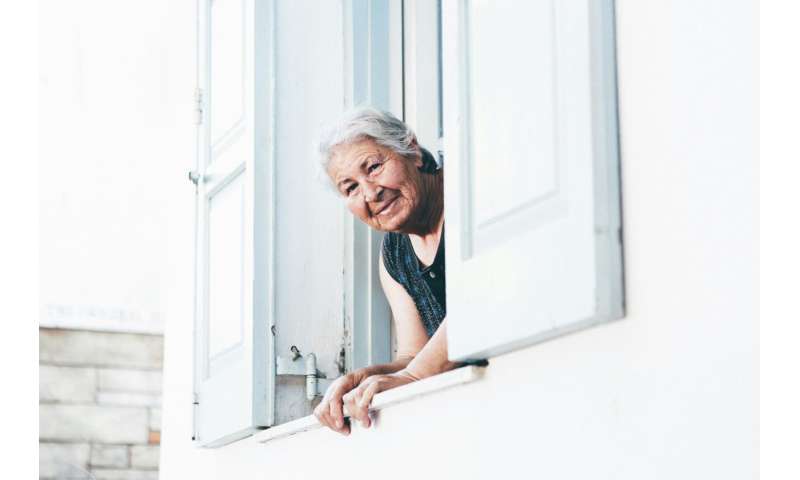Safe food: Protection against foodborne diseases in communal facilities

Foodborne infections and intoxications (poisoning) pose a particular risk to young children, pregnant women and very old and sick people. How can the risk be minimized as far as possible? In a leaflet updated jointly with the BfR Committee for Biological Hazards and Hygiene, the German Federal Institute for Risk Assessment (BfR) provides recommendations for the proper catering of these groups of people in communal facilities—from the procurement and storage of goods to the cooking and serving of meals.
"Mistakes in the selection and handling of food can have serious, even life-threatening consequences for especially vulnerable people," says Dr. Heidi Wichmann-Schauer, head of the BfR's Bacterial Toxins and Communal Catering unit.
"With the BfR leaflet 'Safe food', we want to support those responsible in communal facilities in protecting these people from foodborne illnesses."
Listeriosis, caused by the bacterium Listeria monocytogenes, is a particularly feared foodborne infection. A small outbreak of listeriosis in two German hospitals was traced back to pre-cut cucumber slices and other vegetables from a certain processing plant. Through a rapid investigation, the disease outbreak was quickly stopped and further illnesses were prevented.
Foodborne illnesses can occur when pathogens enter commercial kitchens via raw ingredients or infected staff, spread through poor hygiene in the kitchen and enter the prepared food. Temperature errors help pathogens to survive and multiply in food.
The prevention of pathogens such as Salmonella or Listeria in food is particularly important when catering for vulnerable people. Good hygiene and the right choice of ingredients and recipes reduce foodborne infections. The correct storage and preparation of food and staff training are also essential.
Fruit and vegetables should be washed thoroughly and peeled if possible. Low-acid fruit, vegetables and leafy salads must be eaten immediately after cutting or should be kept in the fridge until consumption. To protect against listeriosis, it may be advisable to cook raw, but also already heated, ready-to-eat food before serving.
Most pathogens die if the food is heated to 72°C for at least two minutes at all parts during cooking. This requirement should be followed to ensure prepared foods are safe.
While bacteria die when heated, bacterial spores can also survive high temperatures. Such spores can germinate again into bacteria, which then multiply and form toxins. The germination of spores and the multiplication of bacteria can be prevented by keeping food at a temperature of at least 60 °C at all parts of the heated food until it is served.
Companies that regularly cater for particularly vulnerable groups of people have a great responsibility when selecting and training their staff. Regular training should also emphasize the hazards for particularly vulnerable groups of people and the importance of protective measures.
More information:
Link to the leaflet:
https://www.bfr.bund.de/cm/364/safe-food-especially-vulnerable-groups-in-community-institutions.pdf
Provided by BfR Federal Institute for Risk Assessment